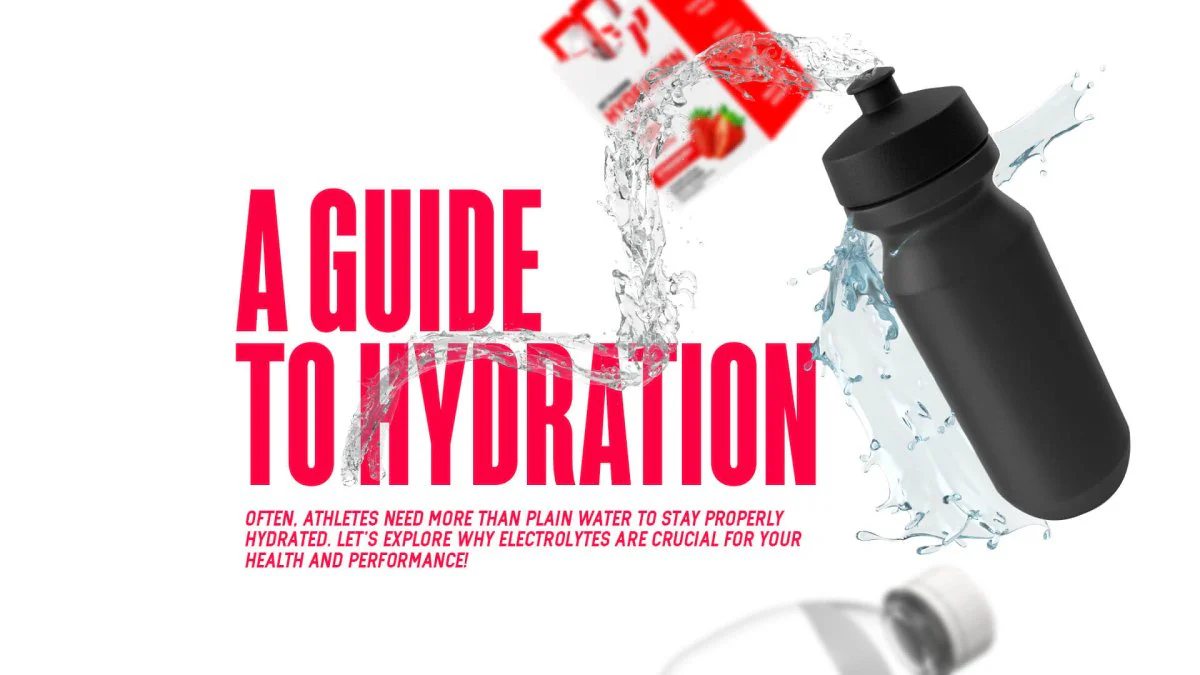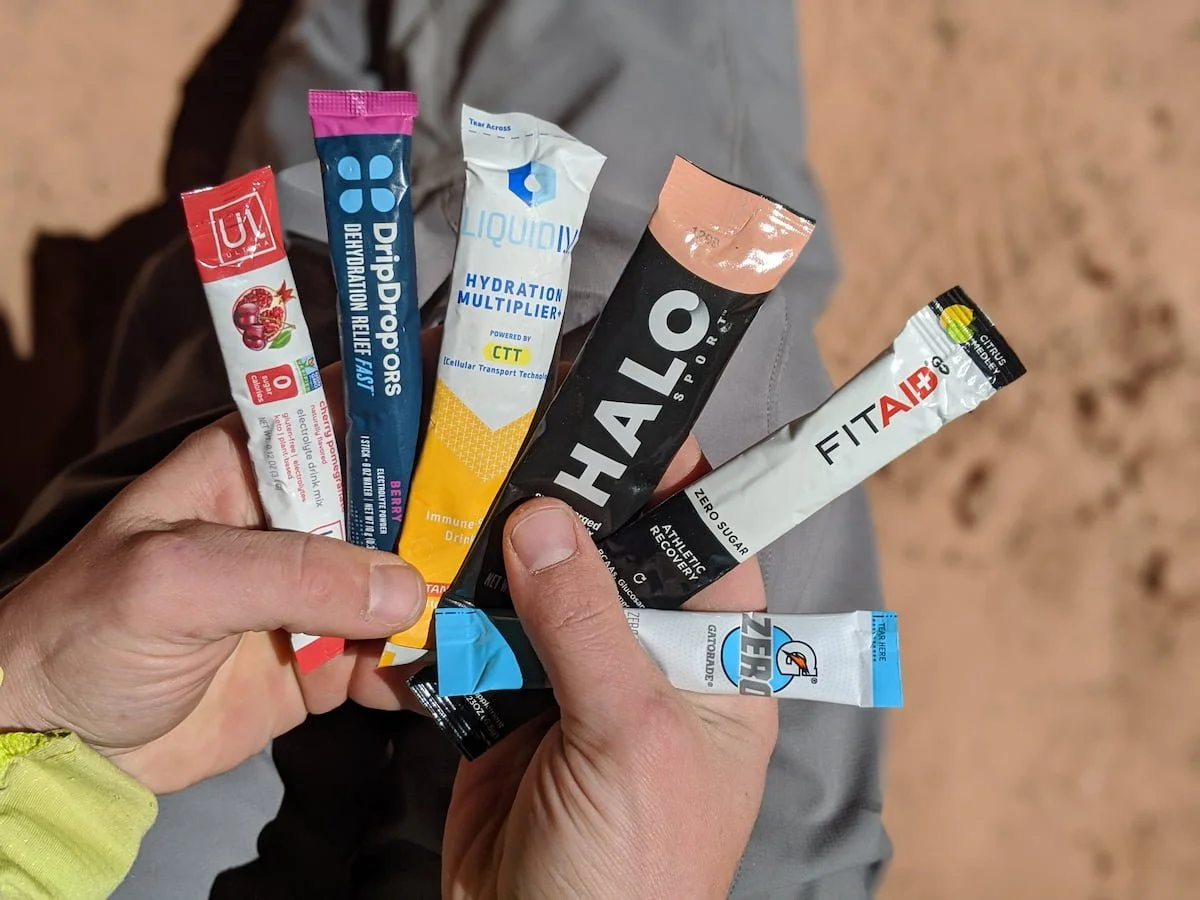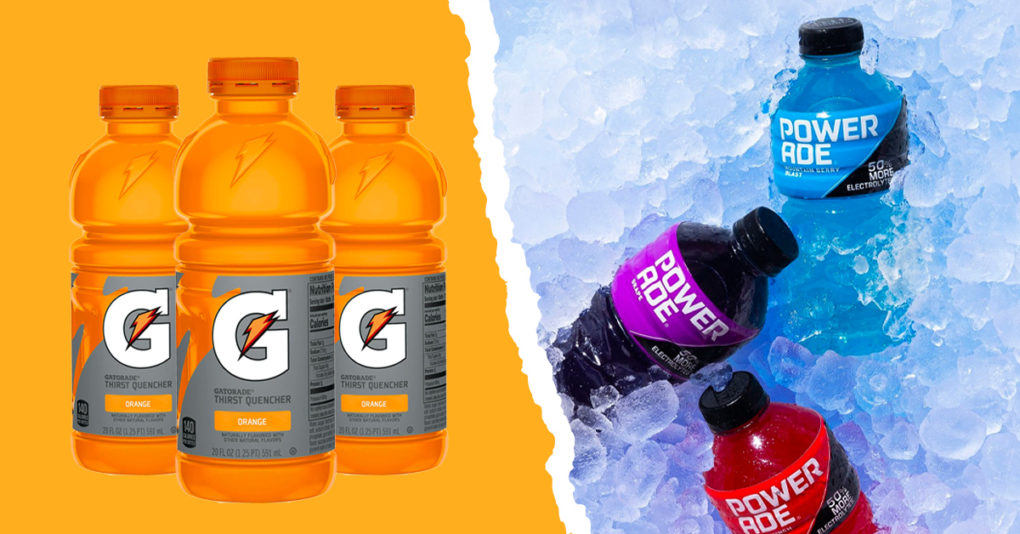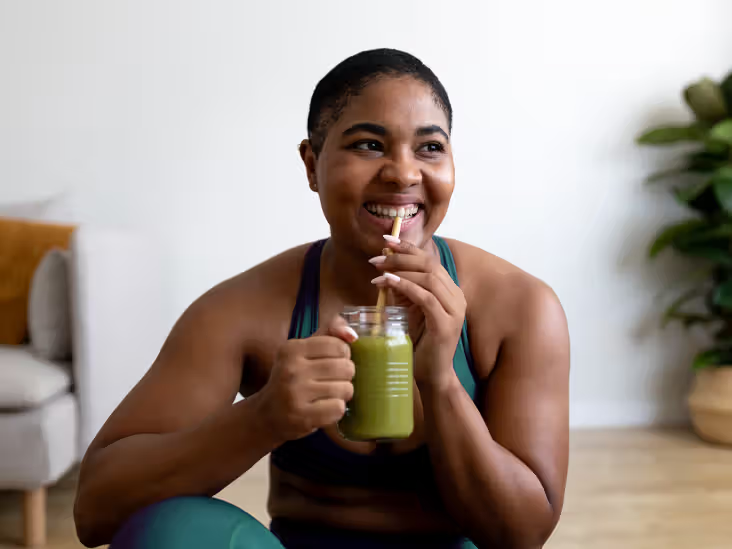Last summer, after a grueling hike in the mountains, I collapsed on my sofa—exhausted, crampy, and strangely dizzy. I'd chugged bottle after bottle of water, convinced I was doing my body a favor. But it turns out, my trusty water bottle might not have been the hero I thought it was. This blog post peels back the myths on hydration, salt, and why the advice to “just drink more water” might be setting you up for a surprising kind of trouble.
Hydration: Beyond Water – Why 'More' Isn’t Always Better
When you think about hydration, you probably picture a tall glass of water and the classic advice to “just keep drinking.” But here’s the surprising truth: you can actually be overhydrated—yes, you read that right. The idea that more water is always better is outdated and, in some cases, can even be dangerous. Let’s dive into why hydration is about more than just water, and why electrolytes—especially sodium—are just as important for your health.
Electrolyte Imbalance Symptoms: When Too Much Water Backfires
Most people know dehydration can cause headaches, fatigue, and muscle cramps. But did you know that overhydration can trigger the exact same symptoms? If you drink excessive amounts of water without replacing lost electrolytes, you risk diluting your blood sodium levels. This condition is called hyponatremia, and it’s more common than you might think, especially among athletes, outdoor workers, and anyone exposed to extreme heat.
Fatigue – Feeling drained even after drinking lots of water? It could be a sign of sodium deficiency.
Muscle cramps – These can strike whether you’re dehydrated or overhydrated, due to disrupted sodium balance.
Headaches and confusion – Classic symptoms of both dehydration and hyponatremia.
In fact, hyponatremia overview shows that blood sodium levels below 135 mEq/L indicate a deficiency. When this happens, your body’s cells start to swell, leading to symptoms that can range from mild (nausea, headaches) to severe (seizures, coma).
Overhydration Effects Health: The Hidden Dangers
Contrary to popular belief, overhydration effects health in ways that mimic dehydration. The difference? Instead of not having enough fluid, you have too much, but it’s lacking the electrolytes your body needs to function. Sodium is the key player here. It helps maintain fluid balance, supports muscle contractions, enables nerve function, and keeps blood pressure stable.
Salt is serious business. Let's dive in.
When you drink water without enough sodium, your body can’t keep up. This is especially risky if you’re sweating heavily or following a low-sodium diet. The classic advice to “just keep drinking” can backfire, leaving you with sodium balance disorders that are easy to overlook but hard to recover from.
Sodium: The Overlooked Electrolyte
While potassium and magnesium get plenty of attention, sodium is often overlooked—yet it’s essential for hydration. Low sodium levels (hyponatremia) can cause:
Low energy
Headaches
Muscle cramps
Confusion
Causes of Sodium DeficiencyIn this enlightening post, the notion that drinking more water is always better is challenged. Instead, it emphasizes the crucial role of sodium and other electrolytes in hydration. Through personal reflections and scientific findings, it reviews signs of sodium deficiency that often go unnoticed. This refreshingly honest approach not only debunks hydration myths but also clarifies salt's importance in optimal health. Readers will appreciate the blend of information and insights, making it a must-read for anyone invested in their well-being.
So, next time you reach for another glass of water, remember: hydration is a balance between water and electrolytes. Don’t ignore the signs of electrolyte imbalance symptoms—and don’t be afraid to add a little more salt to your routine. Your body will thank you.
Spotting Sodium Deficiency: Everyday Symptoms You Might Ignore
When you think about hydration, you probably picture a big glass of water. But here’s the surprising truth: hydration is about water and electrolytes—and sodium is the most overlooked of them all. Sodium balance disorders can sneak up on anyone, not just athletes. In fact, if you’re a desk worker, busy parent, or even someone who spends most of their day indoors, you could be missing the signs of sodium deficiency without realizing it.
Telltale Signs: The Overlooked Symptoms of Sodium Deficiency
Most people associate dehydration with thirst, but sodium deficiency symptoms often overlap with classic dehydration signs. The most common symptoms include:
Low energy and fatigue
Muscle cramps and weakness
Headache and nausea
Dizziness or lightheadedness
Mental fog or confusion
Increased urination or thirst
Low blood pressure
Low energy, headaches, and cramps are common sodium deficiency symptoms.
These symptoms can be subtle and easy to dismiss. For example, I personally ignored my post-hike brain fog until someone suggested a pinch of salt. Within minutes, the fog lifted. It’s a reminder that sodium balance disorders can affect anyone, not just those sweating it out at the gym.
Hyponatremia: When Sodium Drops Too Low
Hyponatremia is the medical term for low blood sodium, defined as a sodium level below 135 mEq/L. Symptoms of hyponatremia can range from mild to severe, including:
Fatigue and muscle cramps
Headaches and nausea
Mental confusion or brain fog
Severe cases: seizures or even coma
It’s not just about how much water you drink—overhydration can actually dilute sodium in your blood, leading to these symptoms. That’s why it’s possible to feel worse after chugging water if you’re not replenishing electrolytes.
Who’s at Risk? Not Just Athletes
Contrary to popular belief, you don’t need to be running marathons to experience sodium deficiency. Everyday situations can tip your sodium balance:
Working long hours at a desk (air conditioning and caffeine can increase sodium loss)
Busy parents juggling multiple tasks (stress and lack of balanced meals)
Recovering from illness (vomiting, diarrhea, or sweating out a fever)
Following low-sodium diets or drinking excessive water
Why Symptoms Are Easy to Miss
Because symptoms of sodium deficiency—like muscle cramps, weakness, headache, and nausea—are so common, they’re often blamed on stress, lack of sleep, or just “having a busy day.” But if you notice these signs, especially after exercise, illness, or a period of heavy sweating, it’s worth considering your sodium intake.
Remember, “Low energy, headaches, and cramps are common sodium deficiency symptoms.” Don’t ignore these everyday signals—your body might be asking for more than just water.
The Missing Ingredient: Electrolytes, Real Salt, and How to Stay Actually Hydrated
When you think about hydration, you probably picture a big glass of water. But here’s the surprising truth: water alone isn’t enough. If you’re like most people, you’re probably overlooking the real key to hydration—electrolytes. These include sodium, potassium, and magnesium, and they’re essential for keeping your body’s systems running smoothly. Let’s break down why these minerals matter, how they work together, and why brands like LMNT are changing the hydration game.
Electrolyte Function in the Body: More Than Just Thirst
Electrolytes are minerals that carry an electric charge, and they’re vital for nerve signals, muscle contractions, and fluid balance. Sodium helps your body retain and balance fluids, potassium supports muscle function and heart health, and magnesium is crucial for energy production and mental clarity. If you’re just drinking plain water—especially if you’re active, on a low-carb diet, or sweating a lot—you might actually be diluting your electrolytes, not replenishing them.
Sodium: Regulates fluid balance, nerve function, and muscle contractions.
Potassium: Supports cardiovascular health, muscle strength, and nerve signals.
Magnesium: Aids in energy production, muscle relaxation, and cognitive function.
Why “More Salt, Not Less” Is Gaining Ground
A growing body of research reveals that optimal health outcomes occur at sodium levels 2-3x government recommendations. That’s why we say, More Salt, Not Less.
For years, you’ve probably heard that salt is something to avoid. But new research suggests that optimal sodium levels for health and performance may be 2-3 times higher than traditional guidelines, especially for athletes and active individuals. Symptoms like low energy, headaches, and muscle cramps can actually be signs of sodium deficiency—not excess.
Electrolyte Drink Mixes: Practical Solutions for Modern Life
Let’s face it: most of us don’t have time to perfectly balance our diets every day. That’s where electrolyte drink mixes come in. Brands like LMNT are designed to deliver the right blend of sodium, potassium, and magnesium—without sugar, gluten, or artificial ingredients. They’re vegan, paleo, and keto-friendly, making them a smart choice for anyone with dietary restrictions or a busy lifestyle.
No Sugar, No Gluten: Clean hydration for every diet.
Vegan and Paleo-Friendly: Electrolyte supplements that fit your lifestyle.
Real Salt: Not just sodium chloride, but a full spectrum of minerals.
Personal Experimentation: Finding Your Optimal Hydration
Health is a process, not a one-size-fits-all formula. Try a week of electrolyte drink mixes versus plain water and see how you feel. Notice changes in energy, focus, and physical performance. Many people find that adding electrolytes—especially sodium—makes a noticeable difference.
Remember, electrolyte balance supports cardiovascular health, mental sharpness, and physical performance. Don’t overlook the power of real salt and the right minerals. Your body—and your brain—will thank you.
Wild Card: If Salt Was a Superhero…
Let’s be honest—when you think of superheroes for your health, salt probably isn’t the first thing that comes to mind. If sodium were a comic book character, it wouldn’t be the caped crusader stealing the spotlight. Instead, it’s the loyal sidekick, always there in the background, quietly saving the day when you need it most. Yet, in the world of hydration myths and facts, sodium is the unsung hero you’re probably overlooking.
Picture this: You’re running a marathon. The finish line is in sight, but your legs are cramping, your energy is fading, and your head is pounding. You’re seconds away from losing—until a teammate hands you a cup of salty lemonade. Suddenly, you feel revived. Your muscles relax, your mind clears, and you surge ahead, crossing the finish line with strength you didn’t know you had. That’s sodium in action—subtle, but absolutely essential.
For years, salt has suffered from a PR problem. It’s been demonized, blamed for everything from high blood pressure to heart disease. But new research is rewriting the story. The surprising truth? Many people are actually more at risk from sodium deficiency than excess. Symptoms like low energy, headaches, and muscle cramps are often signs you’re not getting enough salt, especially if you’re active or following a low-carb diet. In fact, optimal health outcomes are now linked to sodium levels two to three times higher than old government recommendations. That’s a hydration myth worth busting.
So why does sodium matter so much? It’s all about balance. Water alone isn’t enough for healthful hydration. You need electrolytes—sodium, potassium, magnesium—to keep your body running smoothly. Sodium helps your nerves fire, your muscles contract, and your cells absorb nutrients. Without it, even the best hydration plan falls flat. That’s why the phrase “More Salt, Not Less” is gaining traction among athletes, nutritionists, and anyone serious about their health.
It’s time to rethink salt’s image. Creative analogies—like imagining sodium as the superhero sidekick—can help shake up how we view this essential mineral. Instead of fearing salt, start seeing it as the key to unlocking better hydration and energy. As the saying goes,
Home is where the salt is.
Health is a process, and salt is a crucial part of that journey. Whether you’re sipping on a refreshing lemonade salt mix or simply adding a pinch to your meals, remember: salt is serious business.
So next time you reach for water, don’t forget its trusty sidekick. Embrace the surprising truths about salt, and you might just discover the missing ingredient to your best health yet. SQUEEZETHE DAY! Lemonade Salt is here to stay. More Salt, Not Less. Because sometimes, the hero you need isn’t the one you expect—it’s the one that’s been there all along, quietly helping you cross your own finish lines.



